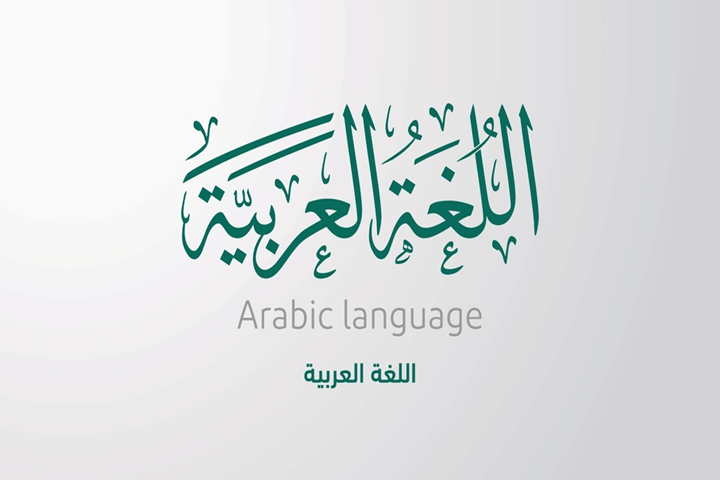When people ask, “what is the richest language in the world,” they are usually asking which language possesses the largest vocabulary, or the greatest potential for generating new words. Indeed, while some languages might have more entries in a standard dictionary, linguists and historians often crown Arabic as the undisputed richest language in the world due to its unique root system and massive lexical volume.
Let’s explore why Arabic holds this prestigious title and where this abundance of words comes from.
Richest Language in the World: How Many Words in the Dictionary?
The sheer volume of Arabic words is astonishing, especially when compared to other major global languages.
| Language | Estimated Word Count (Active Vocabulary) | Claimed Maximum Word Count |
|---|---|---|
| Arabic | ~200,000 | Over 12 Million (Root-derived) |
| English | ~170,000 | ~1 Million |
| French | ~130,000 | ~500,000 |
The Distinction: How Many Words in the Dictionary? The claim of “over 12 million words” refers to the theoretical maximum—the count of all possible Arabic words that can be generated from its roots and patterns. In reality, the number of unique entries (lexemes) in a modern dictionary is comparable to English. The richness, therefore, lies in the potential and the highly specialized vocabulary for specific concepts (like the 1000+ words for camel).
The Secret: Root Morphology Makes Arabic the Richest Language
The reason Arabic holds the title of the richest language is not just the quantity of existing words, but rather its brilliant, mathematical structure: the Root System (al-judhūr – الجُذُور).
- Trilateral Roots: Every core word in Arabic is built upon a three-letter consonant root (e.g., K-T-B).
- Derived Forms: By inserting vowels and prefixes/suffixes around this root (known as “patterns” or awzān), a single root can generate dozens of related words.
| Arabic Root | Meaning | Word Pattern | English Meaning |
|---|---|---|---|
| K-T-B (ك-ت-ب) | Writing | كَتَبَ (kataba) | He wrote (Past Tense) |
| كِتَاب (kitāb) | Book | ||
| مَكْتَبَة (maktabah) | Library / Bookstore | ||
| D-R-S (د-ر-س) | Study/Lesson | دَرَسَ (darasa) | He studied |
| دَرْس (dars) | Lesson | ||
| مَدْرَسَة (madrasah) | School (Place of study) | ||
| مُدَرِّس (mudarris) | Teacher (The active agent) |
Consequently, this system allows the language to express subtle nuances in meaning and action using a massive, yet logically organized, vocabulary.
The History Behind the Wealth: The Origin of Arabic Language
The deep complexity and immense vocabulary of Arabic are tied directly to the Origin of Arabic Language and its ancient role.
- Semantic Precision: The root system’s ability to create highly specific terms for things like desert flora, fauna, and environmental conditions reflects the high survival requirement of precise language among the nomadic people of the Arabian Peninsula.
- Linguistic Preservation: Furthermore, Arabic grammar, unlike many other ancient languages, retains a crucial feature of linguistic complexity: case endings (i‘rāb). These endings (damma, fatha, kasra) are typically lost in modern dialects, but their preservation in Classical Arabic adds an extra layer of grammatical information, making the language functionally richer than most.
- Phonetic Richness: Arabic possesses unique throat sounds (ḥ, kh, ‘ayn, ghain) and specific rules for pronunciation (Tajwīd), which allow for the maximum differentiation of sounds. This phonetic density contributes to its overall linguistic abundance.
Conclusion
The title of the richest language belongs to Arabic, not only for the theoretical count of over 12 million words, but also for the genius of its morphological system. As a learner, this structure is your best friend: once you know a three-letter root, you have the key to unlocking dozens of related words. To accelerate your progress and get targeted practice, consider using Kaleela App. Embrace the challenge, and enjoy the beauty of the world’s most lexically abundant language!



